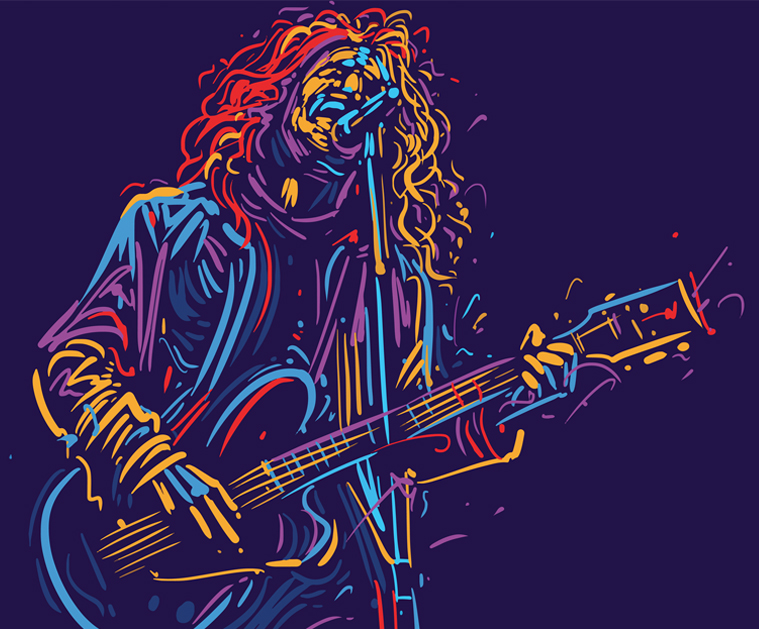Music in movies is an integral part of the cinematic experience. It has the power to evoke emotions, set the tone, and enhance the storytelling in ways that visuals alone cannot.
A film score, the original music written specifically to accompany a film, plays a crucial role in shaping the audience’s emotional response and engagement with the narrative.
The Evolution of Music in Cinema
The Silent Film Era
In the silent film era, music was performed live in theaters to accompany the visuals on screen. This music provided essential emotional cues and helped to maintain audience engagement in the absence of dialogue.
Iconic silent films like “The Phantom of the Opera” and “Metropolis” were known for their memorable music accompaniments.
The Advent of Sound
The introduction of synchronized soundtracks in the late 1920s revolutionized cinema. Films like “The Jazz Singer” marked the beginning of the talkie era, where music became an integral part of the film’s audio track.
This advancement allowed for more nuanced storytelling and a deeper emotional connection with the audience.
The Modern Era
With technological advancements in music production, the modern era of cinema has seen a rise in iconic composers and memorable film scores.
Composers like John Williams, Hans Zimmer, and Ennio Morricone have become household names, thanks to their contributions to the music in movies.
Understanding the Film Score
Components of a Film Score
A film score typically consists of a main theme, background music, and leitmotifs. The orchestration and instrumentation play a significant role in conveying the film’s mood and supporting the narrative.
The Composer’s Toolbox
Composers use various techniques to evoke emotions and support the narrative. Motifs, themes, and musical textures are carefully crafted to align with the film’s tone and character development.
The Psychological Impact of Music in Movies
Emotional Manipulation
Music in movies is a powerful tool for emotional manipulation. It can amplify the impact of a scene, making the audience feel joy, sadness, tension, or fear. For example, the use of the Jaws theme by John Williams creates a sense of impending danger even before the shark is seen.
Creating Atmosphere and Setting
Music is also crucial in establishing the film’s atmosphere and setting. It can transport the audience to different times and places, from the futuristic sounds of “Blade Runner” to the nostalgic tunes of “La La Land.”
Music and Character Development
Leitmotifs and Themes
Leitmotifs are recurring musical themes associated with specific characters or concepts. For instance, the use of the Imperial March in “Star Wars” is instantly recognizable and conveys the presence and power of Darth Vader.
Music as a Narrative Tool
Music can also serve as a narrative tool, revealing character traits and development. In “The Godfather,” Nino Rota’s score subtly reflects the transformation of Michael Corleone from an innocent outsider to a ruthless mafia boss.
Iconic Film Scores and Their Impact
Memorable Film Scores
Some film scores have become iconic, leaving a lasting impact on cinema and popular culture. Bernard Herrmann’s score for “Psycho” and Ennio Morricone’s music for “The Good, the Bad and the Ugly” are just a few examples of scores that have transcended their films.
The Role of Music in Genre Films
Different film genres often require distinct musical approaches. Horror films, for example, rely on dissonant sounds and sudden musical cues to create suspense, while romance films use lush orchestration to evoke feelings of love and passion.
The Technical Side of Film Music
The Scoring Process
The process of scoring a film involves close collaboration between the director and the composer. It begins with discussions about the film’s vision and ends with the final mix of the music, carefully balanced with dialogue and sound effects.
Challenges and Considerations
Composers face various challenges, including balancing the music with other audio elements and adhering to legal and budgetary constraints. Copyright issues and the cost of orchestration can significantly impact the music in movies.
The Future of Music in Movies
Innovations and Trends
The future of music in movies is marked by innovations such as the use of electronic music and non-traditional sounds. Composers continue to explore new ways to integrate music into storytelling, enhancing the cinematic experience.
The Importance of Soundtracks
Soundtracks have become an important aspect of films, often gaining independent success outside of the movie. They have the power to evoke memories of the film and contribute to its legacy in popular culture.
Conclusion
The role of music in movies is undeniable. It sets the tone, evokes emotions, and enhances the storytelling in ways that visuals alone cannot achieve.
From the silent film era to the modern age, music has been an essential component of cinema, shaping the audience’s experience and leaving a lasting impact on the world of film. As we look to the future, the evolution of music in movies promises to continue captivating audiences and pushing the boundaries of cinematic storytelling.
If you’re interested in music, you’ll love the East End Arts Music School. We offer a large variety group classes, private lessons, camps, special programs and more!
We also have a state-of-the-art recording studio led by the accomplished Studio Manager, Chris Jones, who has an impressive track record in audio production for movies and ads.






